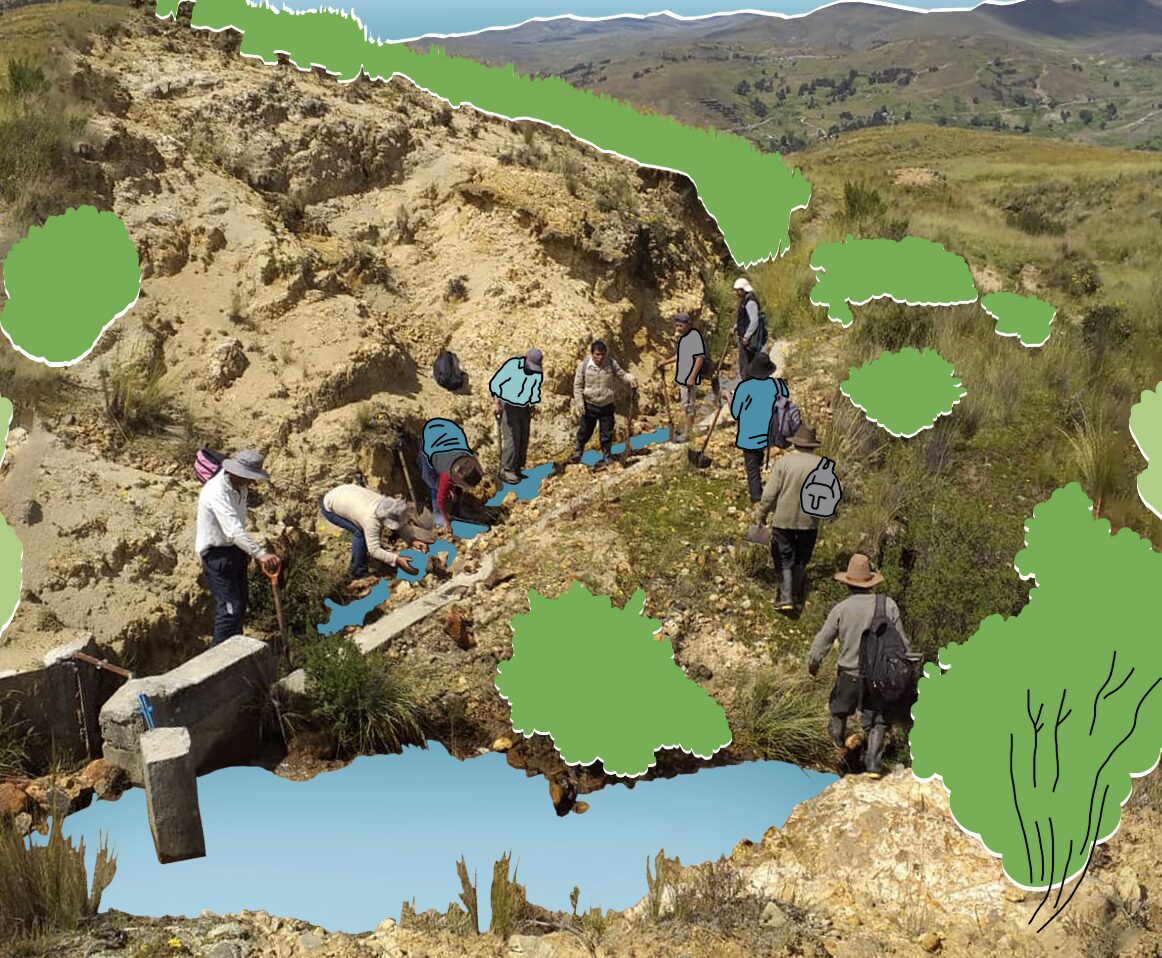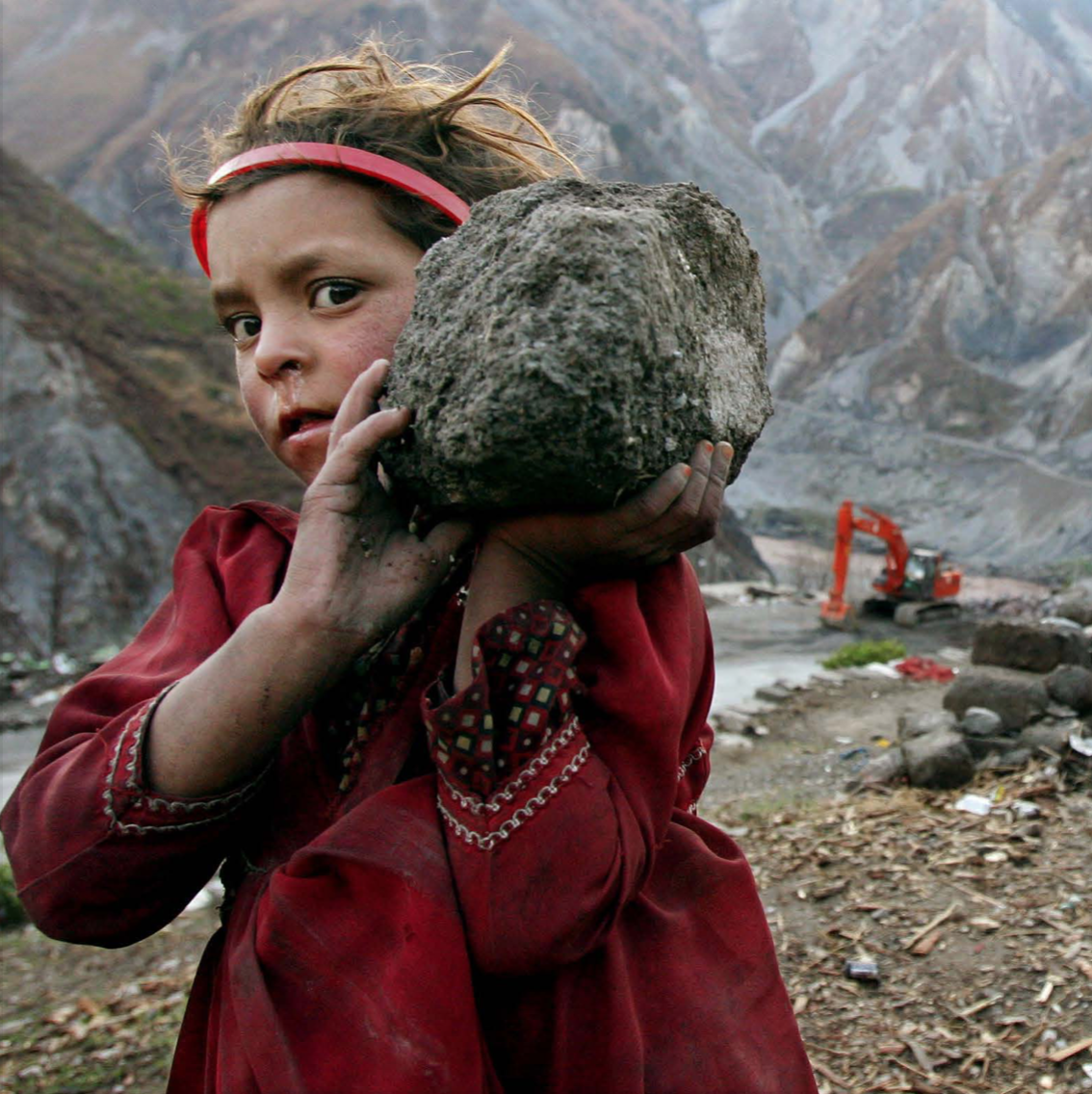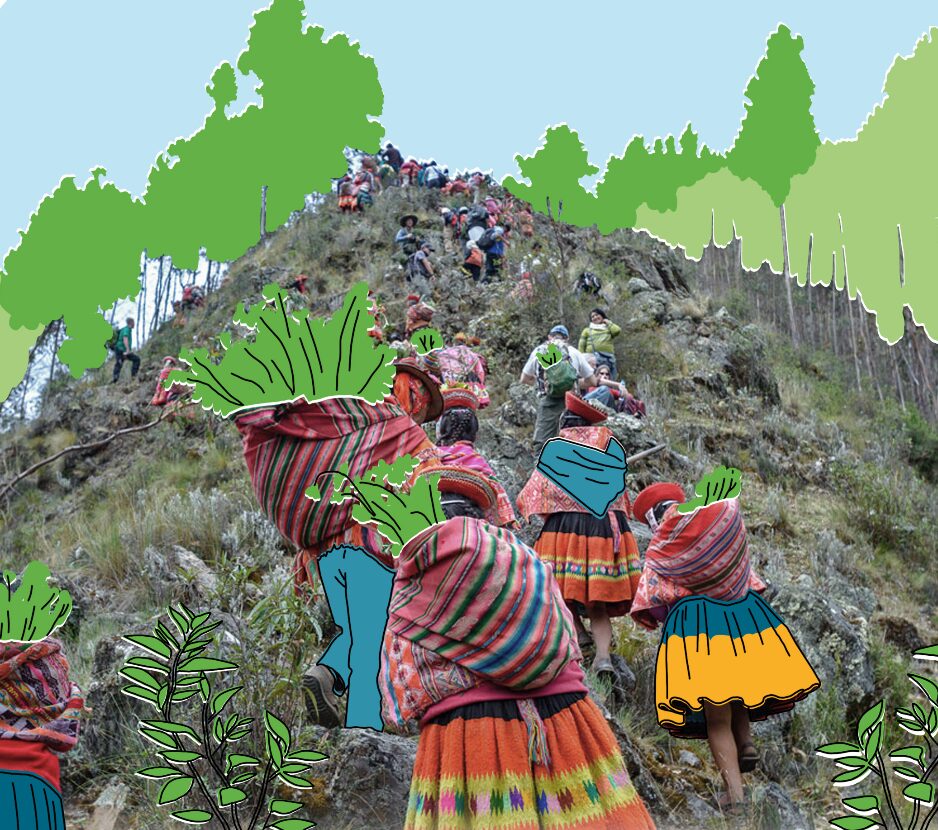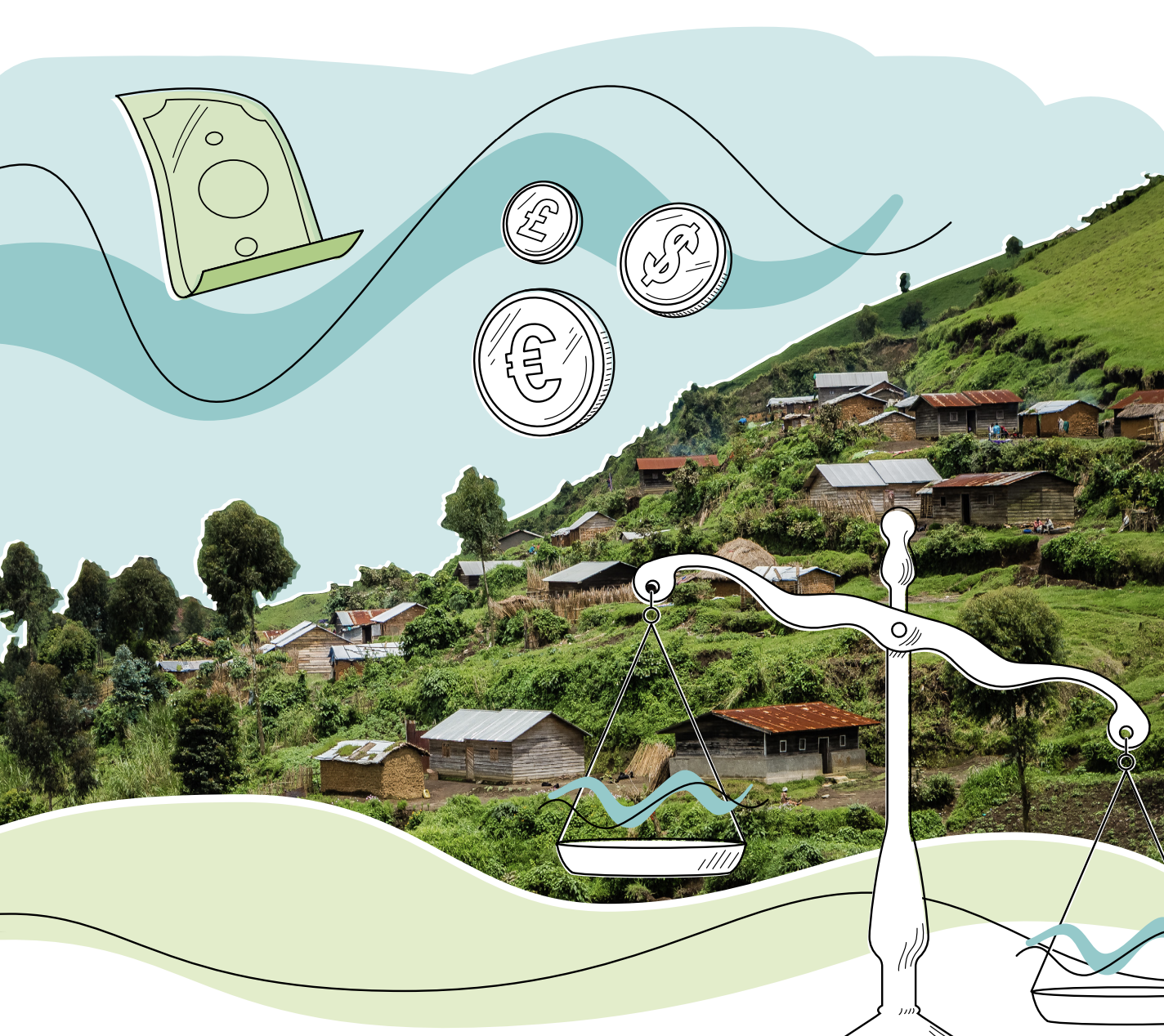Adapting to transboundary risks in mountain regions

Introduction
Mountains suffer some of the most visible impacts of climate change: rising temperatures and changing precipitation patterns are melting glaciers, disrupting water flows and affecting ecosystems, creating and worsening natural hazards and threatening livelihoods and communities both within mountain regions and further downstream. These climate impacts and associated risks are not constrained by national borders. With mountain ranges often spanning multiple countries, adaptation to transboundary climate risks is becoming an increasingly complex and urgent challenge in mountain regions.
Here we synthesise knowledge available on the Adaptation at Altitude Solutions Portal regarding transboundary climate risks, challenges, and solutions. The brief is intended to enhance awareness of these risks and improve preparedness to manage them by sharing examples of solutions available on the portal.
This article is an abridged version of the original text, which can be downloaded from the right-hand column. Please access the original text for more detail, research purposes, full references, or to quote text.
What are transboundary climate risks?
Transboundary climate risks can be defined as climate risks that cross national borders, encompassing both risks associated with the transboundary impacts of climate change and risks associated with the transboundary effects of adaptation or maladaptation. In other words, these are risks and/or impacts that result in a region outside of the country of their inception. There are different approaches to conceptualising and assessing transboundary climate risks. They can be characterised by:
- The pathway through which they flow
- The geographical nature of transmission
- The sectors through which they propagate and impact
- The mode and dynamic of transmission
Learn more about transboundary climate risks and adaptation in the context of mountains on pages 4-5 of the featured resource.
Approach
This brief examines solutions on the A@A Solutions Portal that have been implemented either across borders or in multiple countries with shared borders. These transboundary solutions were then categorised according to the type of risk that they primarily address:
- hazards
- risks to shared resources
- ecosystem risks
The first group addresses hazards such as avalanches and flooding; the second focuses on the management of resources, such as water; and the third group describes solutions where impacts on the environment and ecosystems can affect livelihoods, for instance in agriculture.
Overall, six solutions are discussed within the three main themes. Further information on each of the solutions can be found on the A@A Solutions Portal.
Solutions
- The Winter Preparedness and Avalanche Readiness Programme in Afghanistan, Pakistan, and Tajikistan – explore how capacity building and preparedness planning for avalanches on a transboundary scale can improve resilience and reduce fatalities (p.6-7).
- Adaptation to the Impacts of Climate Change on Water Resources in Bolivia, Colombia, Ecuador and Peru – learn how a regional, integrated approach can minimise the risk of country projects being conducted or evaluated in isolation, and instead encourage South-South transboundary learning and collaboration (p.8).
- Water4Virunga Project – this project aimed to promote and facilitate collective action and prevent conflicts through improved delivery of water and integrated water resource management, enhancing household water security and health, and encouraging cross-border collaboration on water resources from local to international levels (p.9).
- PROSNOW – learn about how resource management can better account for and anticipate transboundary climate risks, and minimise impacts caused by maladaptive practices, through the use of regional data platforms (p10).
- GLORIA – this solution highlights the importance of pooling regional resources and expertise in better understanding and adapting to transboundary climate risks that propagate through shared ecosystems (p.11).
- Conservation of Queuñas Forests – explore the role of regional networks and local communities in facilitating transboundary cooperation and managing shared risks (p.12-13).

Key messages
- Successful transboundary solutions in mountainous regions require both high-level coordination between national and regional authorities, and collaboration on solutions with Indigenous and local communities.
- Cooperation of regional and national governing bodies is important when coordinating a transboundary solution to ensure an integrated approach. This is key for countries in mountainous regions to both adapt to climate change impacts and manage shared resources that cross national borders.
- Stakeholder engagement and inclusive participatory processes are key to supporting the longevity and long-term sustainability of a transboundary solution in mountainous regions. There is a need to encourage local ownership through collaboration with Indigenous and local communities.
- Capacity building and knowledge sharing are key to support the creation, implementation, and success of transboundary solutions in mountainous regions. Furthermore, sharing best practices between countries and regions can support effective resource management.
- Using available information resources such as regional data platforms can better account for and anticipate transboundary climate risks, and help share information and knowledge of hazards, risks to resources, and risks to ecosystems.
Conclusion
While there are many transboundary challenges and risks in mountain areas, there are also an increasing number of transboundary solutions. These solutions may not explicitly label climate risks as transboundary nor the impacts as cascading; yet they clearly demonstrate why regional collaboration and cooperation are key in mitigating and adapting to the impacts of climate change in mountain regions and more widely. Research continues to emphasise the multiple benefits that regional cooperation, in the context of climate change adaptation, can bring, including reducing the cost of climate action, helping to overcome national-level resource constraints and enhancing climate diplomacy. It is vital that transboundary cooperation in mountains continues to develop and that adaptation solutions are designed and implemented at a transboundary scale.
Suggested Citation
Williamson, K., Witton, R. and Lorang, E. (2024). Leave No Mountain Behind: The Synthesis Series – Adapting to transboundary risks in mountain regions.




(0) Comments
There is no content